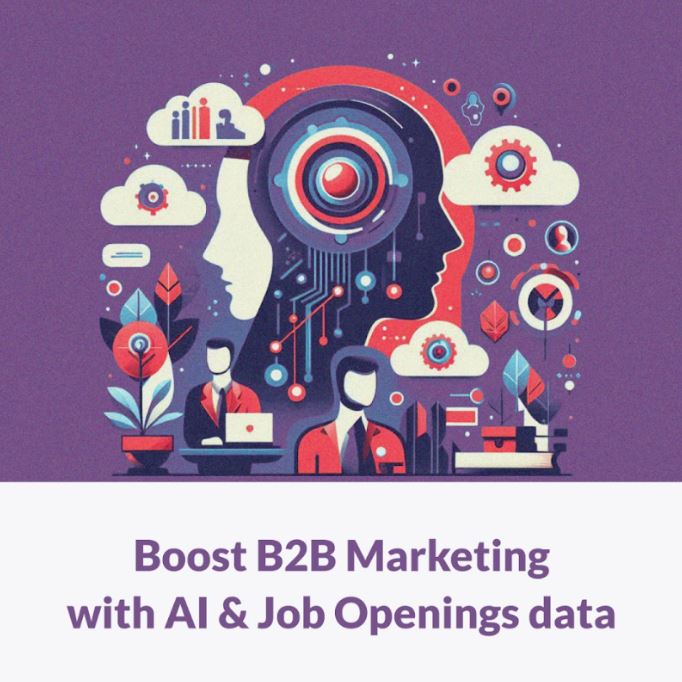There’s a lot of talk about AI agents right now. Some see AI agents powered by News Events dataset as futuristic assistants, others as overhyped chatbots in disguise. The truth lies somewhere in between: AI agents are becoming practical tools for sales teams, and what makes them useful isn’t just the AI itself — it’s the data feeding them.
AI agents powered by News Events dataset are utilizing the News Events dataset effectively. One dataset that’s proving especially powerful here is the News Events dataset.

Why AI Agents Need Real-Time Signals
An AI agent without fresh data is basically a parrot. It can mimic patterns, but it won’t know when your prospect just raised a Series B, or when your competitor opened a new office in London. That’s where the PredictLeads News Events dataset steps in.
Since 2016, it has processed millions of blogs, press releases, and articles, surfacing structured signals like:
- A company receives financing
- A new executive hire or departure
- A competitor launches a product
- A business expands into a new region
Instead of raw news headlines, the dataset gives AI agents clean, categorized events they can instantly understand and act on. This makes them excellent AI agents powered by News Events dataset.
Turning Events Into Action
Here’s how it looks in practice:
- Prospecting agent: While scanning a target account list, the agent notices that “Company X just signed a new client in your industry.” Instead of sending a generic email, it drafts a message that congratulates them and positions your product as the next logical step.
- Account monitoring agent: Your AI checks daily for news about top accounts. It flags that a CEO has stepped down at one company, suggesting you re-engage before new leadership sets a different direction.
- Competitive intelligence agent: While tracking your market, it picks up that a competitor “is developing” a new feature. That becomes part of your next strategy meeting, long before it makes it into glossy press releases.
The dataset doesn’t just enrich records in your CRM — it gives AI agents powered by News Events dataset the awareness they need to behave less like scripts and more like actual teammates.
Why Structure Matters
The power here isn’t only in freshness, it’s in structure. AI agents thrive on clarity. If a news article says, “Rumors suggest the company might launch a new product later this year,” the dataset captures that nuance as planning = true, rather than treating it as a confirmed launch.
That kind of detail is the difference between an AI agent that spams prospects with irrelevant updates and one that reaches out with credibility.
The Bigger Picture
AI agents powered by News Events dataset are quickly moving from novelty to necessity in sales. But what separates the helpful ones from the noise is data quality. The News Events dataset acts like a stream of real-time situational awareness, allowing AI to spot openings humans might miss — and do it at scale.
In a sense, it gives AI agents something they usually lack: context. And in sales, context is everything.
Final Thought
If the last decade was about building bigger CRMs and larger lead lists, this one will be about equipping AI agents with the right signals. The News Events dataset is one of those signals — turning headlines into structured intelligence that AI can understand, prioritize, and act on. Therefore, AI agents powered by News Events dataset are becoming indispensable tools in modern sales strategies.
Because at the end of the day, the future of sales isn’t just AI for the sake of AI. It’s AI that knows when the moment is right.
Interested in our API Docs? Feel free to find them “here“.





